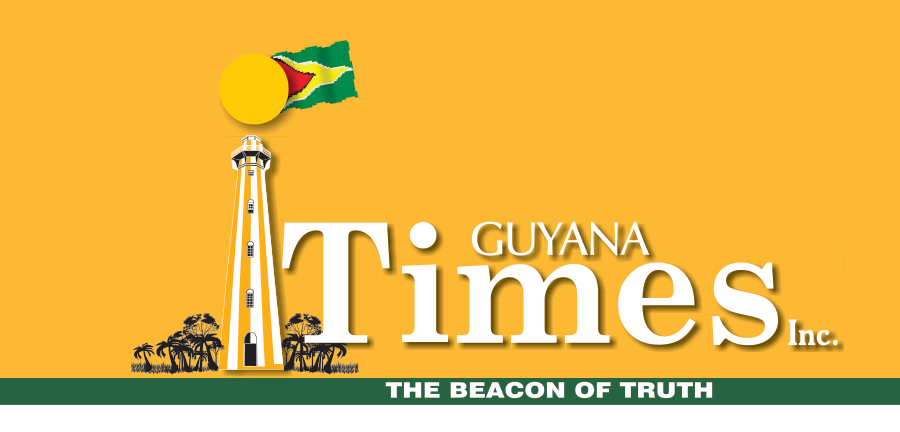International tech company, Apple Incorporated, well known for its signature iPhone, has purchased 100,000 of Guyana’s carbon credits at a cost of almost GYD314 million and retired them, in furtherance of its environmental sustainability efforts.
According to Apple in its 2025 Environmental Progress Report, it bought and then retired 100,000 of Guyana’s carbon credits, meaning they can no longer be traded.
The tech company has become the second major company to purchase carbon credits from Guyana, after Hess Corporation concluded a deal to purchase US$750 million worth of Guyana’s carbon credits in December 2022.
Senior Director for Climate and REDD+, Dr. Pradeepa Bholanauth, confirmed to this publication that the credits were purchased by Apple at a rate of US$15 per credit, bringing the total purchase price to almost GYD314 million.
Additionally, the carbon credits purchased by Apple are for the year 2019, meaning it purchased legacy carbon from between 2016-2020. According to Apple in its report, Guyana’s carbon credit programme includes 18 million hectares of forest, or 85 per cent of the landmass.
“Guyana’s Jurisdictional Forest Carbon Credit Program generates REDD+ carbon credits at a nationwide scale within the Amazon basin of South America, a critical watershed and hotspot of biodiversity. ART has issued 33.47 million TREES credits to Guyana for the five-year period from 2016 to 2020, which are available to buyers on the global carbon market for use toward voluntary corporate climate commitments.”
“The jurisdictional program includes all 18 million hectares of forest in Guyana — about 85 percent of the landmass — and enables the country to benefit from its historically low deforestation rate, while funding low-carbon development priorities,” the company also said.
Apple has a record of purchasing carbon credits and retiring them, as it has also purchased and retired credits from countries like Colombia and Kenya. The company has by its own admission also been carbon neutral as of April 2020.
Guyana earned US$237.5M from carbon credits sales between 2022-2024, from the multi-year agreement with United States energy-major Hess Corporation. For the period 2021 to 2025 in the Hess deal, Guyana’s carbon credits would be sold for US$20 per tonne, thus earning the country another US$250 million.
Additionally, another US$312 million is expected during the 2025-2030 period when the credits would be sold at US$25 per tonne.
A carbon credit is a tradable permit or certificate that countries and companies to emit limited amounts of carbon dioxide or an equivalent of another greenhouse gas.
The credits are generated by preserving Guyana’s vast rainforests, which serve as critical carbon sinks in the global fight against climate change. This pioneering approach has garnered international acclaim, and positioned Guyana as a leader in sustainable development.
The first payment of US$150 million was received in 2023, and US$22.5 million thereof was disbursed to Amerindian, hinterland, rural and riverine communities and villages. Population size was a key determining factor in Government’s methodology for the distribution of money earned from this sale of carbon credits, and as result, funds disbursed to recipient communities ranged from $10 million to $35 million.
The Guyana Government also distributed a historic GYD$4.778 billion in carbon credit funding for the development of Indigenous communities in 2024, in an initiative spearheaded by the Ministry of Amerindian Affairs with the aim of benefitting 242 communities, including riverine and remote villages.
This funding, part of Guyana’s growing involvement in the global carbon market, served the dual purposes of addressing local development needs and furthering climate change mitigation efforts. The funds are disbursed through a Village Council system.
As per the system, the funds for each village were deposited into a special bank account owned by that village, and the Community Council oversees how the funds are spent. Spending is done in accordance with a sustainable development plan established through local consultations.
The funds are spent based on collective decisions made by the village, with a Financial Oversight Committee ensuring proper usage of the funds.
Discover more from Guyana Times
Subscribe to get the latest posts sent to your email.













